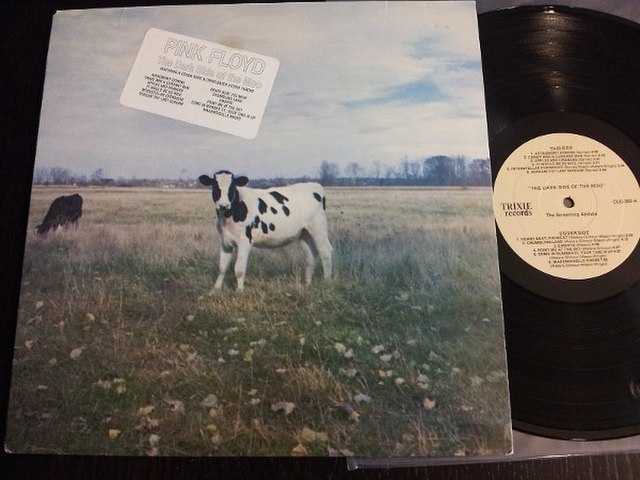A demo is a song or group of songs typically recorded for limited circulation or for reference use, rather than for general public release. A demo is a way for a musician to approximate their ideas in a fixed format, such as cassette tape, compact disc, or digital audio files, and to thereby pass along those ideas to record labels, producers, or other artists.
Representative examples of unsolicited demo tapes received in the mail by Mutant Pop Records in the late 1990s; the tape in the middle with the photocopied j-card was probably also sold at shows by the band.
A bootleg recording is an audio or video recording of a performance not officially released by the artist or under other legal authority. Making and distributing such recordings is known as bootlegging. Recordings may be copied and traded among fans without financial exchange, but some bootleggers have sold recordings for profit, sometimes by adding professional-quality sound engineering and packaging to the raw material. Bootlegs usually consist of unreleased studio recordings, live performances or interviews without the quality control of official releases.
Who's Zoo compiled early singles and B-sides by the Who, which had not been commercially released in the U.S. Like several Trademark of Quality bootlegs, it featured cover artwork by William Stout.
Kum Back, a collection of recordings by the Beatles in early 1969, appeared before the official release of Let It Be.
The Pink Floyd bootleg The Dark Side of the Moo collected early singles and B-sides. When released, it was the only way to hear the studio version of "Astronomy Domine" in the U.S, as it was not included on the U.S. issue of The Piper at the Gates of Dawn
The Black Album by Prince was withdrawn from sale shortly before its official release date in December 1987, becoming a popular bootleg.





